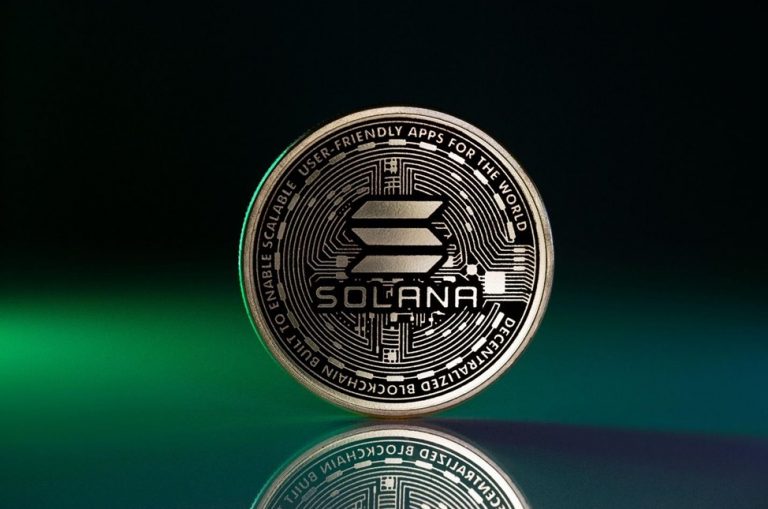
Solana co-founder Anatoly Yakovenko has expressed strong support for the SIMD-0228 proposal, which seeks to reduce the Solana network’s emissions rate by shifting SOL token issuance from a fixed schedule to a dynamic, market-driven model. This proposal, set for a community vote starting March 6, 2025, during epoch 753, could lower SOL’s annual inflation rate from approximately 4.5% to as low as 0.87%. Yakovenko has likened its potential impact to an “asteroid hitting Earth,” emphasizing its significance for Solana’s economic framework.
The plan, authored by Multicoin Capital’s Tushar Jain and Vishal Kankani with support from Anza’s lead economist Max Resnick, adjusts emissions based on staking participation—reducing rewards when staking is high and increasing them when it’s low—to create a more sustainable and responsive tokenomics system. While it has garnered backing from figures like the Solana Foundation’s Head of Staking, Ben Hawkins, some community members worry it could favor larger validators and impact decentralization.
A dynamic model, in the context of Solana’s SIMD-0228 proposal, refers to a system where the issuance (or “emissions”) of new SOL tokens adjusts automatically based on real-time network conditions, rather than following a predetermined, fixed schedule. Unlike Solana’s current model, which has a set annual inflation rate (starting at 8% and decreasing by 15% yearly until stabilizing at 1.5%), the dynamic model ties token issuance to the percentage of SOL staked on the network. Here’s how it works and why it matters:
Register for Tekedia Mini-MBA edition 19 (Feb 9 – May 2, 2026): big discounts for early bird.
Tekedia AI in Business Masterclass opens registrations.
Join Tekedia Capital Syndicate and co-invest in great global startups.
Register for Tekedia AI Lab: From Technical Design to Deployment (next edition begins Jan 24 2026).
The staking ratio is the proportion of total SOL tokens actively staked to secure the network. In the SIMD-0228 proposal, this ratio determines the inflation rate. If a large percentage of SOL is staked (e.g., 80%), the issuance rate drops significantly—potentially to as low as 0.87% annually. The logic is that high staking indicates strong network security, so fewer new tokens are needed as rewards.
If fewer tokens are staked (e.g., 50%), the issuance rate increases—up to a cap of 4%—to incentivize more staking and maintain network security.
Target Staking Ratio: The model aims for an “ideal” staking ratio, often set around 65-70% in discussions, balancing security and liquidity. The issuance adjusts dynamically to push the network toward this target.
Unlike a fixed model, where issuance is predictable but inflexible, the dynamic approach reacts to market behavior. If staking drops due to low yields or external factors (e.g., price crashes), issuance rises to attract stakers. If staking surges (e.g., during bullish markets), issuance falls to avoid oversupplying. At 4.5% inflation, 4.5 million new SOL are issued yearly, split among stakers, no matter how many participate. If 80% of SOL is staked (80 million), issuance might drop to 0.87%, adding just 870,000 SOL. If only 50% is staked (50 million), issuance could rise to 4%, adding 4 million SOL.
Lower issuance during high staking reduces inflation, potentially making SOL scarcer and more valuable over time. Higher issuance during low staking ensures validators are incentivized to participate, maintaining Solana’s proof-of-stake security. The model adapts to economic conditions, unlike rigid schedules that might misalign with market reality.
This shift reflects a broader trend in blockchain tokenomics toward self-regulating systems, akin to how Ethereum’s post-merge issuance adjusts with network activity. For Solana, it’s a bid to fine-tune its economy as it scales, though critics note it could complicate predictability for validators and investors.


